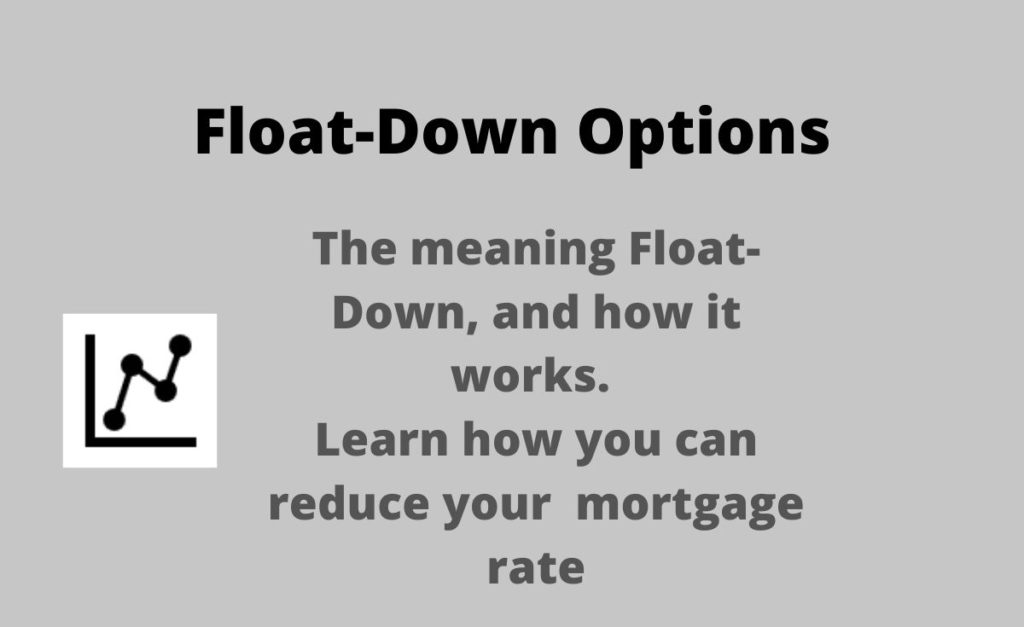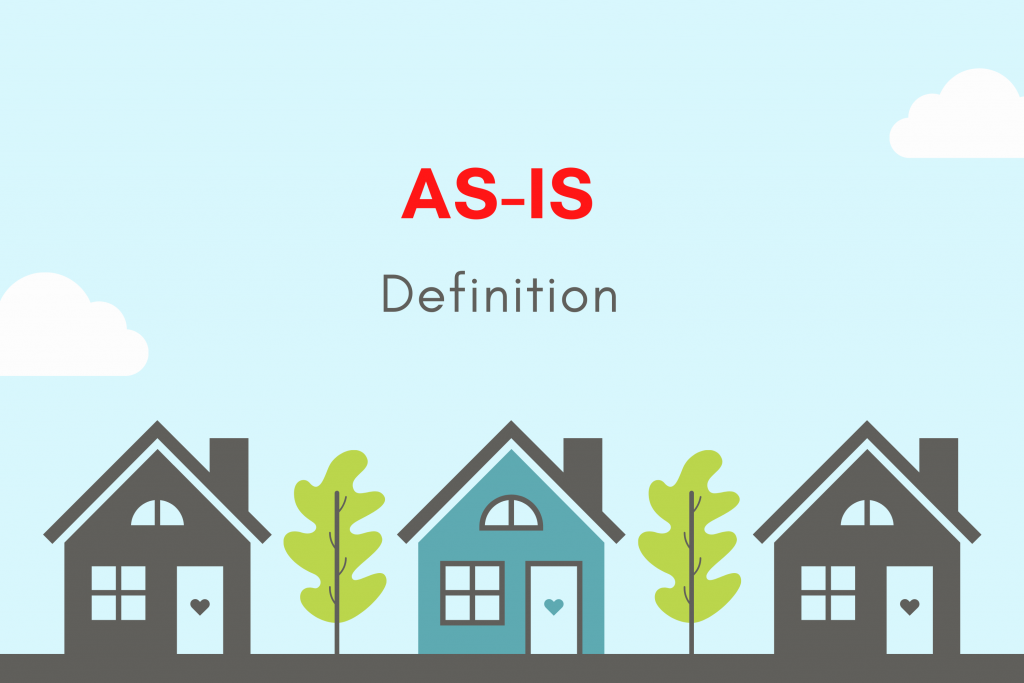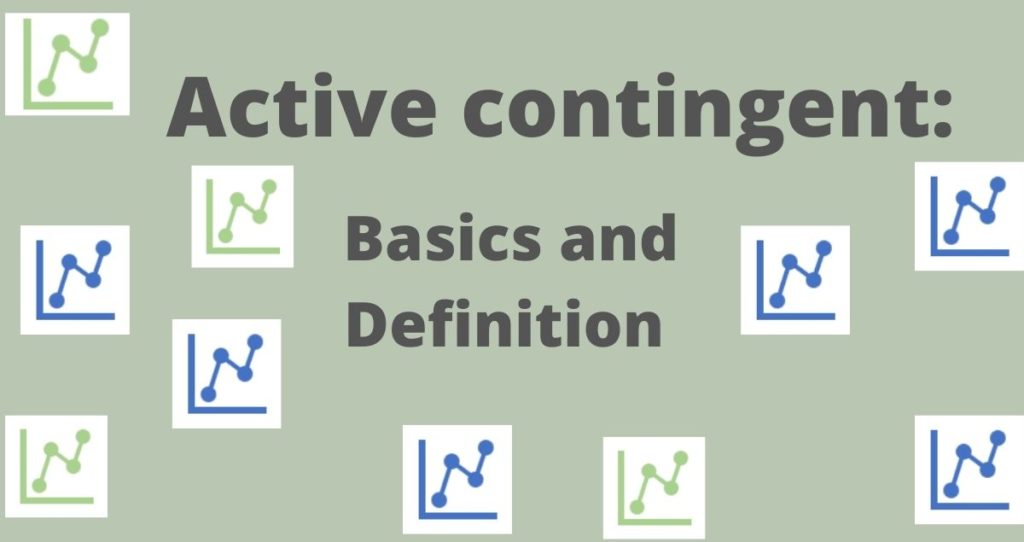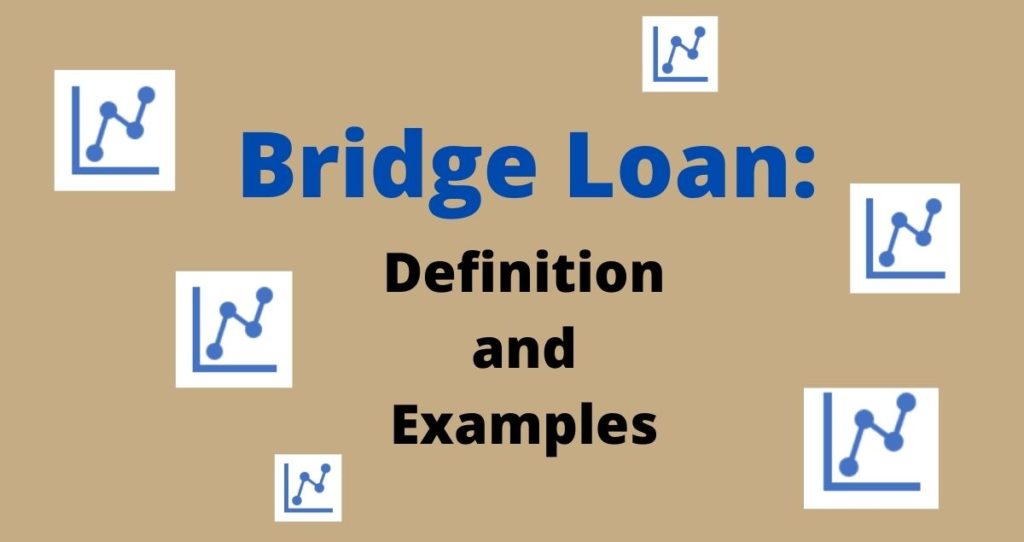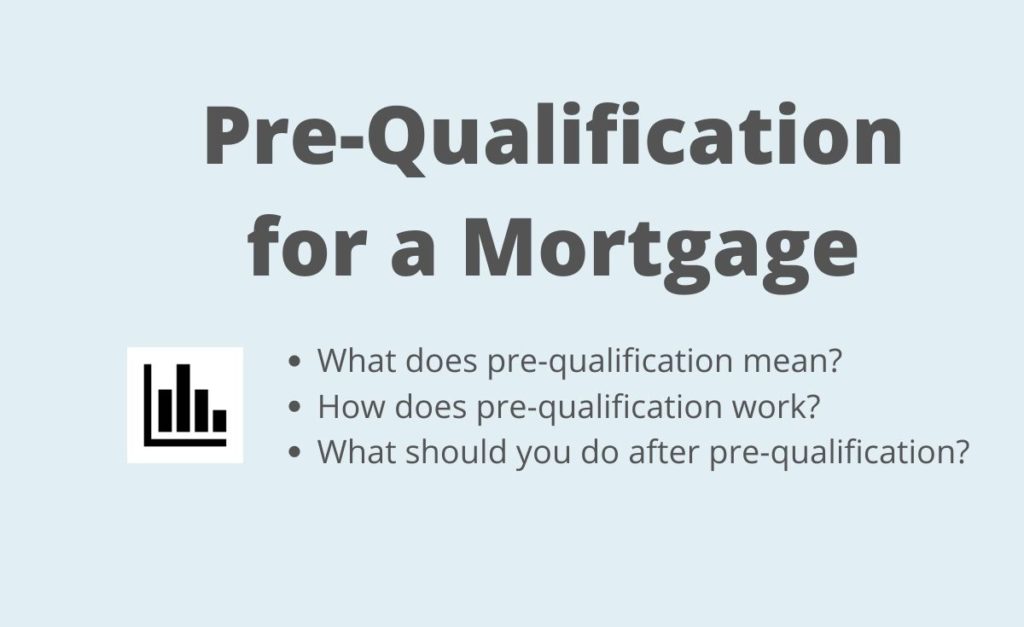What does float down means?
Float down is an agreement between lenders and borrowers that lets borrowers lower their interest rates. What would you do when the interest rate goes down after locking in your rate on the mortgage? If it is financially viable, you can work with your lender on options to lower your mortgage.
One of the few ways you can reduce your rate is to use float down options which will let you unlock your mortgage rate and lock it to a new one.
What does lock in an interest rate mean?
Before you walk a with the mortgage from your lenders, there are terms you have to agree on. The agreement will also be followed by signatures on all documents that bind you with your lender.
One of the most important things you will need to think about very carefully and negotiate is the interest rate. The interest rate will be a percentage of your mortgage principal that must be paid annually. So, the smaller your interest, the more money you will save.
The following are some of the terms you must agree on with the lender.
- Annual interest rate
- Fees
- Charges
- Payment plan
For example, you can have a 4.5% rate on a 15-year fixed-rate mortgage. This means that the lifetime of the loan is 15 years and you must pay an interest rate of 4.5% on the principal. You will have a payment plan structured in a way that after 15 years you would have paid off your mortgage.
Since it is a fixed-rate mortgage, the lender will not reduce or increase the rate during the lifetime of the mortgage.
It is also possible to get an Adjustable-Rate Mortgage (ARM) where you can change your mortgage rate based on the terms of the loan. However, these types of rates have different terms and it is hard to qualify for them.
How to lower a mortgage rate?
There are two ways you ca use to lower your mortgage rate which are float-down and refinancing.
1. Refinancing your home mortgage
Refinancing a mortgage is a process of replacing your current mortgage with a new one. Instead of keeping your house under the same lender, a new lender will take over. One of the main reasons homebuyers refinance their homes is to reduce their interest rate.
For example, if you have a fixed-rate mortgage and interest goes down, you can cancel your current mortgage and get a new one with a lower interest rate. A lower interest rate will reduce your monthly payments. In addition, you will save money on the house.
2. Float-down options
The float-down option will let you stay with your current mortgage provider and pay less interest rate. In other words, this option will let you unlock your rate and lock it on a new rate.
This sweet deal comes at a cost. Your lender will charge you a fee for these services which will be a percentage of your loan.
